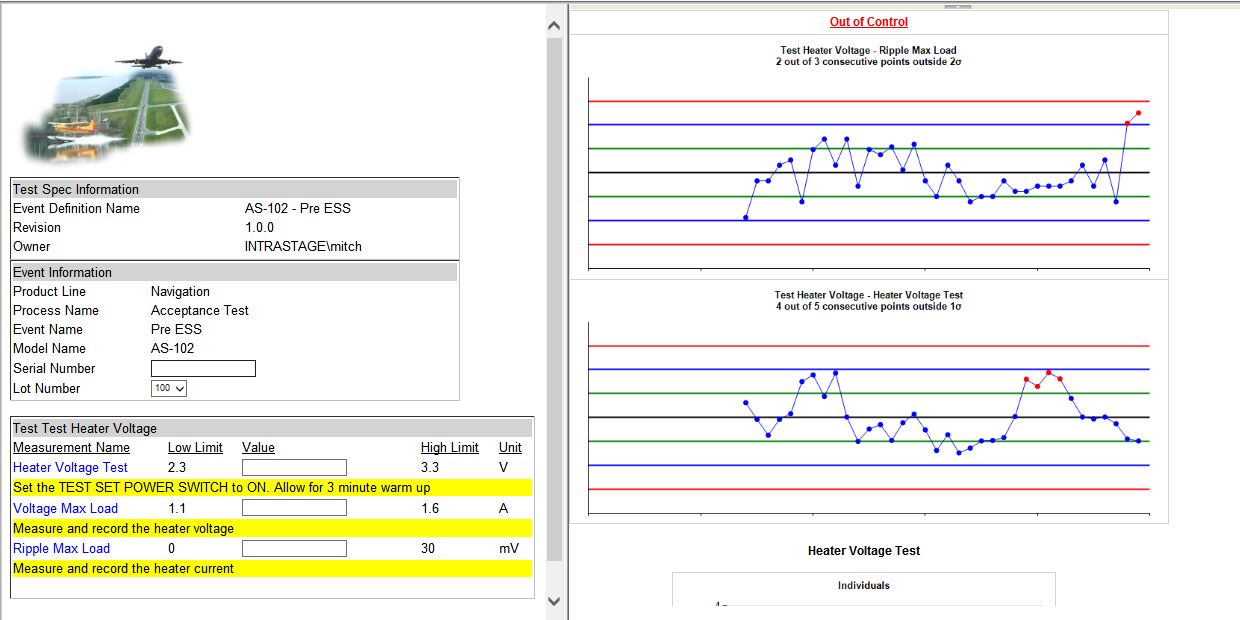If your components fail in Incoming Inspection, you’ve already lost. You don’t have the components you need to assemble your final product, and there will be a delay until you get a new shipment (and the failed shipment might need to be sent back to the supplier-sometimes halfway across the globe). So how can you reduce your dependence on Incoming Inspection to find flaws in constituent components before they show up at your factory?
Since we work with complex electronics manufacturers, we are well versed in the complex electronic testing regime that occurs at the PCB and final assembly level. One of our customers taught us a valuable lesson about using our Paperless Forms technology to maintain real-time visibility into the quality of their component suppliers.
Instead of performing Final Circuit Tests or Environment Stress Screening on a complex product, our customer’s multiple suppliers were conducting relatively simple lot testing on physical components for a key product. Formerly, these lot tests were performed, the results were written on a clipboard, and the results were filed away.
Any engineer reading the previous paragraph will recognize that data that’s not digitized is data that’s not usable. And if that key data’s not usable, that engineer will have no idea that problems with the performance of the components in question will only become apparent too late to do anything meaningful to prevent bigger issues.
Our Paperless Manufacturing product is completely customizable via an intuitive GUI, and allow operators to enter data into a web-based form designed by our customers. This particular customer rolled out several supplier-facing Forms, and quickly gathered data coming from suppliers for critical (but simple) physical components from around the globe. By catching this data in real-time, our Customer was alerted to potentially negative emerging trends before they created any issue with their product on their manufacturing line.
In today’s world, if you’re reacting to a quality issue, chances are you’re already too late to prevent bigger headaches down the manufacturing line or with dissatisfied customers. If you’re proactively looking at your data and are alerted to progressively negative (but still having a passing status since they were within spec limits) trends, you can fix a broken process before calamity strikes. And as we all know from the Hawthorne effect, simply setting the expectation that the data and processes are going to be analyzed can improve performance all by itself.
It’s interesting when I ask my new customers which data is still entered on clipboards from both their factory and from their suppliers, and what they currently do with that data. Across the board, there’s a resounding reply that they know they need to digitize the data and make it useful, but they need an easy way to accomplish that.
